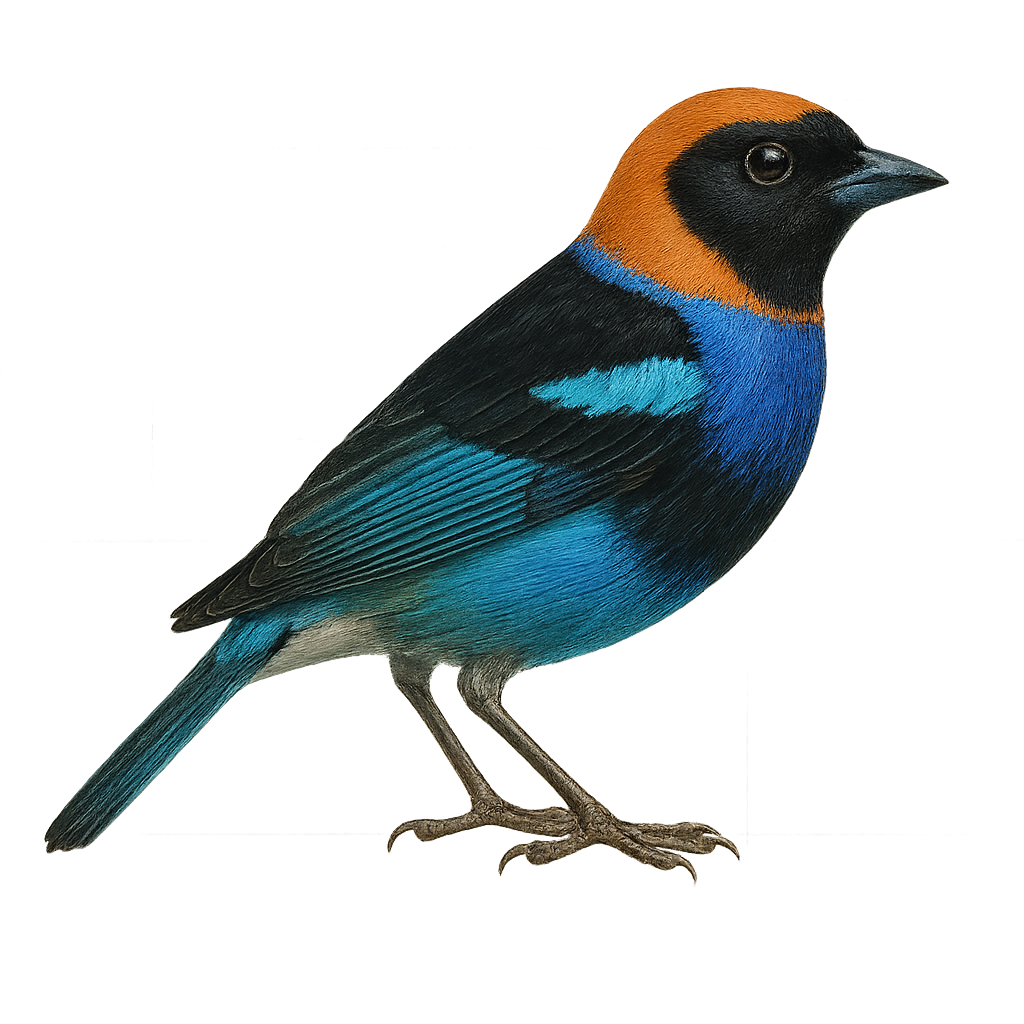Your wildlife photography guide.
Explore the golden-hooded tanager in detail, study its behavior, prepare your shots.
Where to observe and photograph the golden-hooded tanager in the wild
Learn where and when to spot the golden-hooded tanager in the wild, how to identify the species based on distinctive features, and what natural environments it inhabits. The WildlifePhotographer app offers tailored photography tips that reflect the golden-hooded tanager’s behavior, helping you capture better wildlife images. Explore the full species profile for key information including description, habitat, active periods, and approach techniques.
Golden-hooded Tanager
Scientific name: Stilpnia larvata

IUCN Status: Least Concern
Family: THRAUPIDAE
Group: Birds
Sensitivity to human approach: Suspicious
Minimum approach distance: 5 m
Courtship display: March to April
Incubation: 13-15 jours
Hatchings: March to May
Habitat:
Tropical rainforests, forest edges, plantations
Activity period :
Primarily active during the day, with peak activity in the morning and late afternoon.
Identification and description:
The Golden-hooded Tanager, scientifically known as Stilpnia larvata, is a vibrant bird native to the tropical rainforests of Central America. This small passerine is easily identified by its striking blue head, contrasting with its black body and wings adorned with shades of green and yellow. Measuring about 13 cm in length, it primarily feeds on fruits, insects, and nectar. Its song is a soft warble, often heard at dawn or dusk. Although generally solitary, it can sometimes be seen in small groups. The Golden-hooded Tanager plays a crucial role in seed dispersal, aiding in forest regeneration.
Recommended lens:
400 mm – adjust based on distance, desired framing (portrait or habitat), and approach conditions.
Photography tips:
To photograph the Golden-hooded Tanager, it's advisable to use a 400mm lens or longer to capture the details of its vibrant plumage. Look for it in tropical rainforests, especially at the edges and in plantations where it feeds. Be patient and discreet, as this bird can be suspicious. Opt for morning or afternoon hours to take advantage of soft natural light. Use a tripod to stabilize your camera and achieve sharp images.
The WildlifePhotographer App is coming soon!
Be the first to explore the best nature spots, track rutting seasons, log your observations, and observe more wildlife.
Already 1 431 wildlife lovers subscribed worldwide

